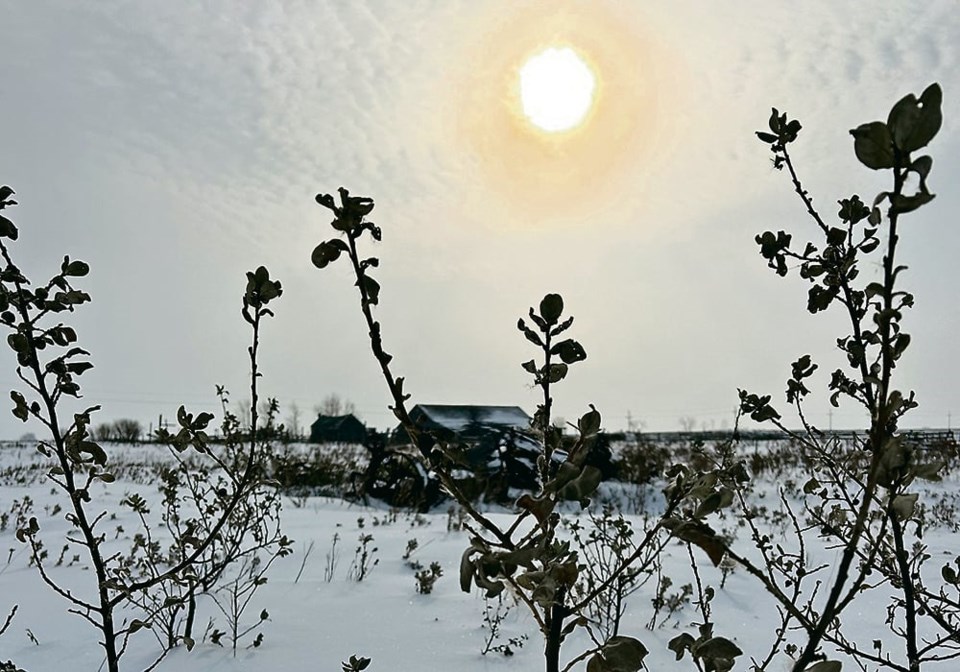WESTERN PRODUCER — Is the market for prairie land broken?
Have the grasslands of this vast region fallen into a situation of what economists would describe as “market failure?”
I wondered this after wandering across a beautiful, rolling patch of prairie known as the Jackson Pipestone Prairie and Wetlands. It’s a vulnerable patch of our native lands in southwestern Manitoba, crucial for burrowing owls and hundreds of other species of birds and critters.
It’s also valuable grazing land, a natural role it will provide for cattle in perpetuity.
I crossed a dozen acres of this land with an official from Nature Conservancy Canada, the organization that raised most of the money to buy the property along with support from Environment Canada and the U.S. Fish and Wildlife Service. The late October snowstorm had just come through and Josh and I repeatedly fell into snow-covered gopher holes as a harsh northwest wind scourged us. The grouse, eagles and other winged creatures were tougher, enjoying the cold but sunny air and skies.
This is decent grazing land. It would make poor cropland. But today’s economics do little to protect vulnerable soils and ecosystems. That includes grazing land for cattle, which is a modified form of a natural habitat, one which has always supported grazing animals. In a well-functioning economic system, grazing land wouldn’t get plowed up to produce marginal cropland. The value for cattle and the environment would make it more attractive to keep as grassland and stop anybody wanting to break it up for cropping.
Unfortunately, the value for wildlife and the environment, including soil and water conservation, is what economists call an “externality,” which is something that is not recognized within the economic calculations of a system. Valuing this sort of vulnerable habitat solely for its ability to produce pounds of beef ignores the other values, something most Canadians and certainly our provincial and federal governments claim to care about.
It’s great that groups like NCC do what they can to work with cattle producers, raise money from donors and protect as many patches of critical land as they can. It is heartening to see that government departments will provide some support to aid this, but it isn’t nearly enough.
In this case, NCC worked with a land investor who was interested in the cropland involved in the block of land put up for sale by a farm family, one that had protected the vulnerable grazing land. The investor was willing to subdivide the property and sell the grazing land to NCC. That sort of progressive deal won’t always be possible, with vast blocks of land now changing hands. Some buyers will undergo the extra effort and bother, some won’t, and most donation-based organizations won’t be able to purchase packages of property that are mostly cropland just to get their hands on the wilderness and grazing patches.
How do we fix the economics of wilderness, grasslands and grazing territory? How do we get those greater values included in the price that this land can bring?
Farmers can’t be expected to take less money for their land just to help nature. Most farmers have almost all their retirement savings in the acres they have been farming, so they can’t take a discount on that when they leave farming.
But most would happily see the land preserved for grazing and as natural prairie, so we need to find a way for that to happen.
Whatever tax breaks, grants and charitable organizations exist today aren’t enough to make this happen for more than a tiny minority of the vulnerable lands out there.
It’s time to get this fixed, while we still have some native prairie left. If farmers haven’t broken up the land to this point, it’s because they haven’t wanted to. It’s time to reward them for that, and show the land the respect it deserves.
SASKTODAY.ca is Saskatchewan's home page. Bookmark us at this link.




